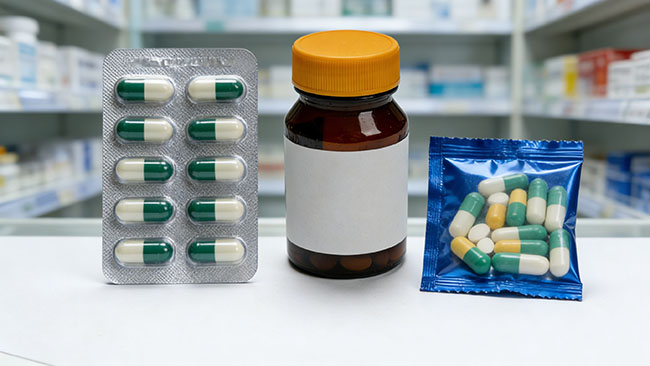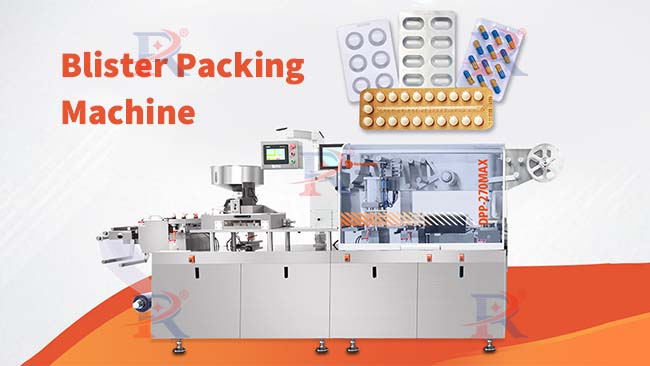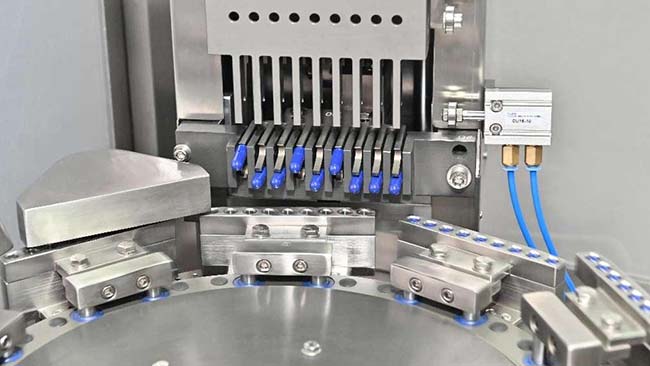Ruidapacking, a leading name in pharmaceutical and packaging machinery manufacturing, continues to set industry benchmarks by prioritizing the education and development of its workforce. This week, the company organized an in-depth training program focused on the latest high-speed tablet presses, one of the most sophisticated pieces of machinery in the pharmaceutical production line.
The training was meticulously designed to equip Ruidapacking’s technical and operational teams with a thorough understanding of the new tablet presses. These machines, which are crucial for large-scale pharmaceutical manufacturing, embody the latest advancements in technology, combining efficiency, precision, and reliability.
Understanding the Working Principle
The training began with a detailed overview of the working principle of the high-speed tablet press machine. This foundational knowledge is essential for all operators and technicians, as it forms the basis for the effective use of the machinery. The participants were introduced to the core mechanisms that drive the tablet presses, including the feed system, compression system, and ejection process.
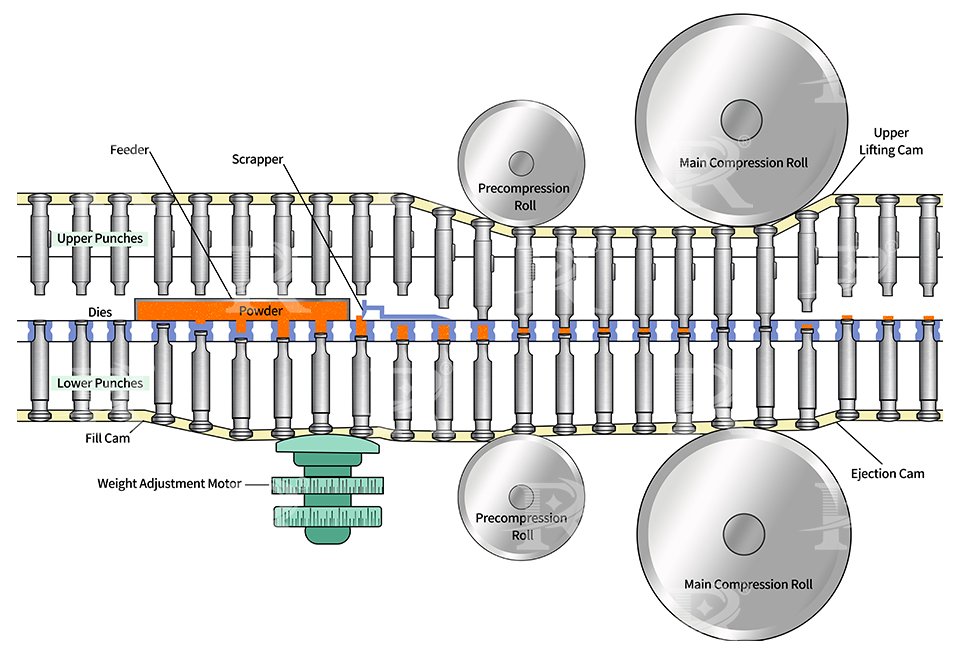
The session emphasized the importance of precision in tablet production, where even the slightest deviation in the process can lead to significant issues in the final product. The trainers highlighted how the new high-speed models are designed to minimize such risks, ensuring consistent and high-quality output. Participants were shown how to calibrate and adjust the machine settings to maintain the optimal balance between speed and accuracy.
Waste Rejection: Ensuring Quality Control
Another critical aspect covered in the training was the waste rejection system of the high-speed tablet presses. In pharmaceutical manufacturing, quality control is paramount, and the ability to detect and reject faulty tablets during production is a key feature of modern tablet presses.
The training provided insights into the various parameters that the waste rejection system monitors, such as weight, thickness, and hardness of the tablets. The participants learned how the machine automatically identifies deviations from the set standards and removes defective products from the production line, thereby maintaining the integrity of the batch.
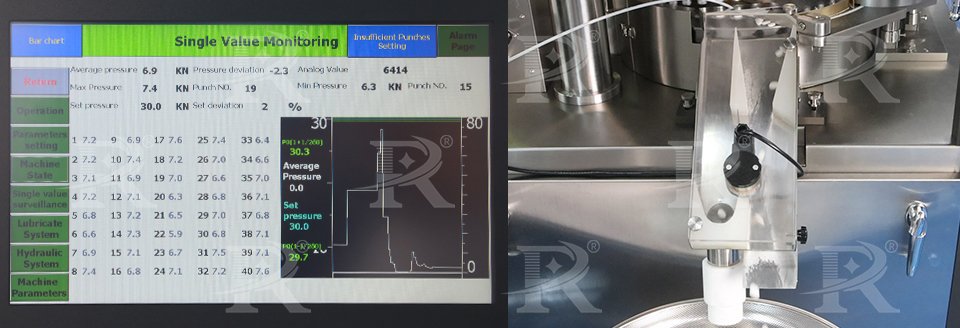
Moreover, the training underscored the importance of regularly checking and maintaining the waste rejection system to ensure it functions correctly. The participants were trained on troubleshooting common issues and performing routine maintenance tasks to prevent malfunctions that could lead to production downtimes or compromised product quality.
Hydraulic Pressure: The Power Behind Precision
The session on hydraulic pressure delved into the technical aspects of how high-speed tablet presses utilize hydraulic systems to achieve the desired compression force. The hydraulic system plays a crucial role in ensuring that each tablet is compressed to the exact specifications required, which is vital for both the efficacy and safety of the final product.
Participants were trained on how to monitor and adjust the hydraulic pressure to suit different types of formulations and tablet sizes. The session also covered the importance of maintaining the hydraulic system, including checking for leaks, monitoring fluid levels, and ensuring that all components are functioning correctly.
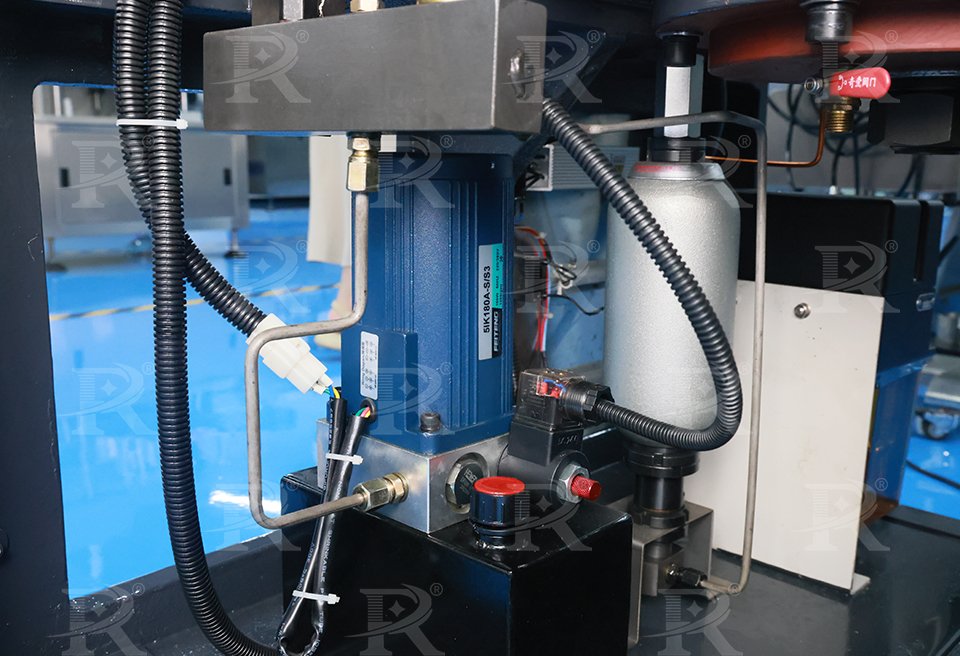
The trainers also discussed the implications of incorrect hydraulic pressure settings, such as over-compression or under-compression, and how these can lead to product rejection or, in some cases, damage to the machine itself.
Automatic Lubrication System: Reducing Wear and Tear
The final major topic of the training was the automatic lubrication system, a feature that significantly enhances the longevity and performance of the high-speed tablet presses. Proper lubrication is essential to reduce friction between moving parts, which in turn minimizes wear and tear, reduces the risk of machine breakdowns, and ensures smooth operation.
Participants were shown how the automatic lubrication system operates, distributing the correct amount of lubricant to various parts of the machine at predetermined intervals. This system not only improves the efficiency of the tablet presses but also reduces the need for manual lubrication, allowing operators to focus on other critical tasks.
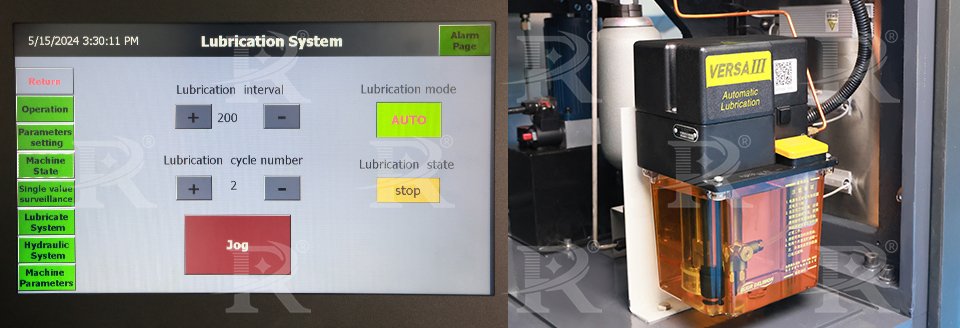
The training also included practical sessions where participants could observe the lubrication system in action and learn how to inspect and maintain it. The importance of using the correct type of lubricant and adhering to the manufacturer’s recommendations was also emphasized to prevent damage to the machine and ensure consistent performance.
Ruidapacking’s commitment to ongoing training and development is a testament to its dedication to excellence. By investing in the knowledge and skills of its workforce, the company ensures that its team is fully prepared to operate and maintain the latest technological advancements in pharmaceutical and packaging machinery.
